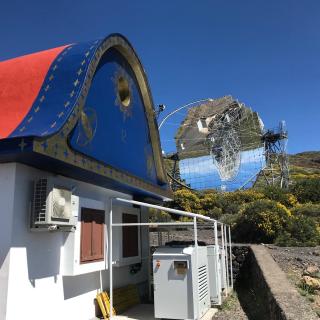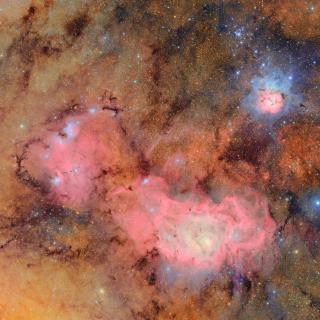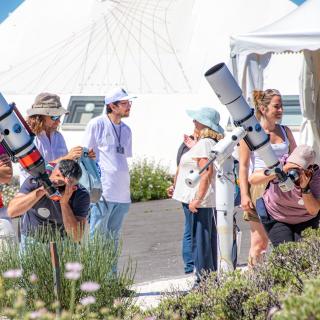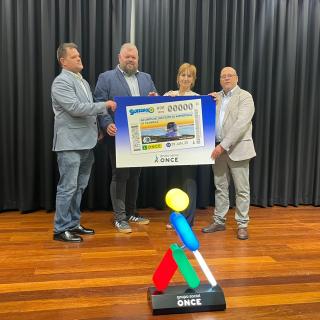
La casa de control de los telescopios MAGIC , en el Observatorio del Roque de los Muchachos (ORM), en La Palma, luce desde hoy una nueva imagen, la del “Enano Estelar”, en homenaje a una de las figuras más queridas de las Fiestas Lustrales de la Bajada de la Virgen de las Nieves . La intervención artística, promovida por la colaboración científica MAGIC, ha sido presentada en un acto institucional que ha reunido a autoridades locales, representantes del mundo científico y medios de comunicación. La transformación del edificio —cuya singular cubierta, obra del arquitecto José Luis Porta
Advertised on




